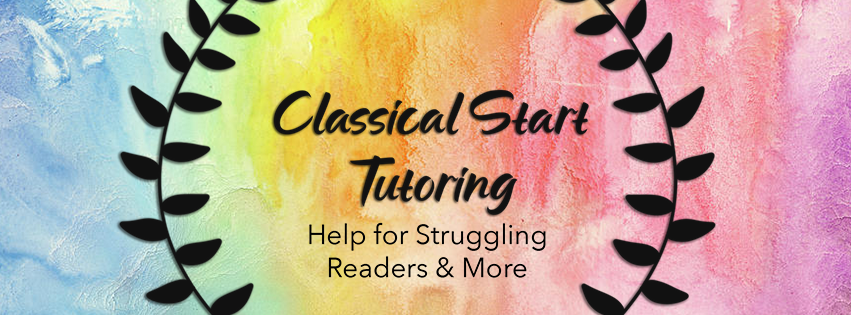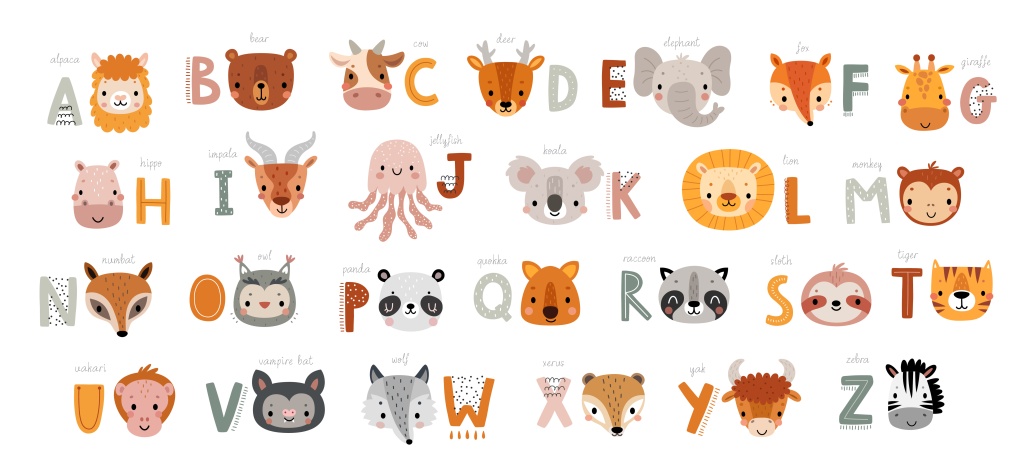It Matters!

July 13, 2019
Let’s be real. We are facing a decline in deep thought. Children are not being taught to master basic facts that should define how they see the world around them: phonics, spelling, geography, history, mathematics.
What is a parent to do? The antidote to pop culture is implanting a higher level of thinking, above the norm of feel-good me-ism that is too common in literature and media of today.
Picture the mind like a sponge. Do we deliberately provide clean, challenging literature filled with high ideals or do we leave to chance what they will glean from the pop culture of the day?
We can provide food for the child’s soul by using the highest and best of literature to fill their minds with truth, beauty and goodness as opposed to easily accessed common, vulgar and often self-centered narratives flooding the market.
But how do we know what books to choose?
To keep things simple I found it helpful to have great book lists produced by trusted educators to build a home library filled with hard-to-find character-building and inspiring literature rather than trust the easily available books at the library. Here are some book lists to access:
The 1000 Good Books list at http://www.classical-homeschooling.org/celoop/1000.html
But I know these can be overwhelming. So to simplify things even further I am sharing my top ten list of book series from trusted authors. These books are for emerging and young readers roughly in the order of reading level.
The quality of these varies, of course. But this list will keep your children busy reading and learning about places and times far removed from their own world and the side benefit of that is learning about history, geography, and so much more.
1. The Sugar Creek Gang series by Paul Hutchens. This is a series of Christian faith-building adventure stories. It is okay if your children outgrow them before they finish the one hundred books in this series. Simply written for younger readers, yet full of truth and character.
2. The Little House series by Laura Ingalls Wilder. Real history is drawn from the actual journals and memories of a pioneer girl of the late 1800s. Read all of these. Ignore the current negative press.
3. Childhood of Famous Americans. series This is a great set of books that shows how famous and accomplished Americans overcame serious obstacles to achieve their dreams.
4. Hank the Cowdog series by John Erickson. This series is hands-down our favorite. With audiobooks that use original music and the author’s family musicians performing, this is a great antidote to taking life too seriously. The humor in these books appeals to all ages. Grandparents reading these will need to explain their amusement as it is often aimed at the boomer generation’s collective memory.
5. Cornerstones of Freedom history reference books for children. With such important topics as The Story of Statue of Liberty, The Story of the Supreme Court, The Story of D-Day these picture books are a treasure trove of knowledge for young and old.
6. Great Illustrated Classics. These simplified abridged and illustrated editions of traditional classics for children by Robert Louis Stevenson, Charles Dickens, Jane Austen and the like will surely spark interest in young readers.
7. The Little Britches series by Ralph Moody. Like the Little House books, these were mined from the journals of Ralph Moody, who after his father’s death, took over as the man of his family at age ten, working to help provide for his family. This book shows how a poor family used their own skills, worked and maintained their dignity throughout many struggles. Can’t say enough about this series. Read these aloud before your children can be tainted by the entitlement mentality around them.
8. Ingri and Edgar d’Aulaire’s Book of Greek Myths and biographies of Christopher Columbus, Abraham Lincoln, Pocahontas, George Washington, Leif the Lucky and Benjamin Franklin. This French and Swedish couple traveled widely to research these well-written picture books.
9. The Madeline series by Ludwig Bemelmans. If you can find a more exquisitely illustrated rhyming book of heart-warming, as well as hysterical stories, let me know! If possible buy Mad About Madeline, the anthology.
10. Paddle-to-the-Sea and others by Holling C. Holling. Learn about the past and geography plus so much more in these great stories filled with beautifully detailed diagrams and illustrations.
Honorable Mentions: These series are also fine and easier to find: The Boxcar Children, The Hardy Boys, Magic Treehouse, Trixie Belden, Nancy Drew, American Girl series.
If you think I have forgotten, just know that The Chronicles of Narnia, The Hobbit, and The Lord of The Rings Trilogy are not included above only because I think they should be an obvious must-read before age twelve.
Don’t have money to buy more books? Use Paperback Swap to earn credit from releasing old books to acquire new ones. You don’t have old books? Just pay a few cents for some at a thrift shop or yard sale and post those on Paperback Swap. Just sign up at PaperbackSwap.com and start your new home library with no money!
With this start to your home library, you can be sure that every day your children will have something to do, something to think about, and something to love.
© 2019 Susan Franklin






